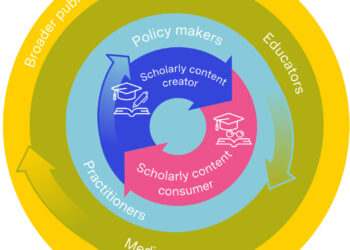It’s that time of year again.
Every year Harvard University’s glorious Sanders Theatre plays host to the Ig Nobel Prize ceremony. I was there, along with my 13-year old son, armed with dozens of pieces of paper, for ready assembly into paper airplanes and ready to revel in a couple of hours of sublime silliness.
The Ig Nobel awards ceremony is the annual celebration of both the ridiculous and the sublime in science. It is is the brainchild of Marc Abrahams, Editor of the Annals of Improbable Research. The Washington Post called Marc “the nation’s guru of academic grunge.” The Journal of the American Medical Association called him “the Puck of Science.” The ceremony is co-sponsored by the Harvard-Radcliffe Society of Physics Students and the Harvard-Radcliffe Science Fiction Association. Now in their 26th year, the Ig Nobel prizes are given to researchers who present science that, “first makes you laugh, then makes you think.” The science may sound silly, but all of the winners are serious researchers, and a peer reviewed paper has been published on the topic in a reputable journal, or book. But my goodness are the prizes silly and I will describe some of my favorites below.
Let’s first set the stage. Each year, there is a theme, and this year it was “Time”. Of course this led to the some 1100 strong audience to shout “woohoo” at every mention of the word “time”, or “second” etc. My son got to exercise his vocal cords. The whole thing kicked off with paper airplane throwing and you can see how this works in the video. I have to say that the tantalizingly efficient guardian of paper airplane throwing, Nicole Sharp (creator of FYFD, the world’s most popular web site about fluid dynamics) was remarkable. In addition to the prizes themselves, given out by real Nobel Prizewinners — this years crop included Dudley Herschbach (Nobel Prize for chemistry 1986), Eric Maskin (Nobel prize for Economics 2007) and Rich Roberts (Nobel Prize for Physiology/Medicine 1993), there were mini-lectures in which a leading expert in a field gave a 24-second talk on their topic, followed by a 7-word summary. There was an opera, games, and live scientific experiments.
The prizewinners of course take center stage. This years winners included some fabulously funny and odd research.
The Biology prize was shared between Charles Foster of the University of Oxford and Thomas Thwaites. Charles Foster lived in the wild as if he were an animal – at different times a badger, a deer, a fox and a bird. Thomas Thwaites told us that he had enough of being a human and created prosthetic limbs that allowed him to move like a goat and spend time living among goats in the Alps. The Medicine prize was given to multiple authors for discovering that if you have an itch on the left side of your body, you can relieve it by looking into a mirror and scratching the right side of your body. And then there was the perception prize, given to two researchers from Japan, Atsuki Higashiyama and Kohei Adachi for discovering that objects look smaller when you bend over and look at them through your legs. Perhaps the most wicked prize was given in chemistry to Volkswagen for their creative approach to producing fewer emissions when testing their cars — needless to say there was no representative from Volkswagen present.
A good summary of this year’s prizes with more detail on the people and published papers can be found here.
One disappointment though, is that this year’s prize ceremony saw an experiment performed in halting speakers that ran over their allotted time, the use of a human alarm clock. This, in no way seems as effective or intimidating as the traditional use of “Miss Sweetie Poo”, an 8 year old girl shouting, “Please stop, I’m bored!” at the speaker. As David Crotty maintains in his excellent blog post of this time last year, this should be a standard practice at all publishing meetings going forward.
Enjoy the video presentation of the awards — I guarantee a significant case of laughter.
Discussion
1 Thought on "The 2016 Ig Nobel Prizes"



